This book paints a vivid picture of life at the Mughal court, and its impact on religion, lifestyle, language and literature Under the Mughals, all forms of literature flourished, from poetry and popular Sufi verses to learned prose and historiography. Sixteenth and early 17th century literature in the Persian language is relatively well-known and the historical works of that period have long since been studied. However, there has been a tendency to overlook the fact that there was literature in languages other than Persian, much of which was first written down in Akbar’s time…In the 16th century, regional languages appeared for the first time in literature, then mystical writings, followed by secular ones. Sindhi, Punjabi and Pushto came into prominence during this time, and Bengali and Kahmiri, which had long been literary languages, are also noteworthy. In the 16th century, regional languages appeared for the first time in literature, then mystical writings, followed by secular ones. Sindhi, Punjabi and Pushto came into prominence during this time, and Bengali and Kahmiri, which had long been literary languages, are also noteworthy. Hindi — including the various dialects spoken in northern India, such as Braj and Purabi — played an important role. Thanks to the translation project initiated by Akbar and his great-grandson Dara Shikoh, Sanskrit also became an important literary language in the Muslim world. Finally, towards the end of Aurangzeb’s era, Urdu became the quintessential literary language of Indian Muslims.

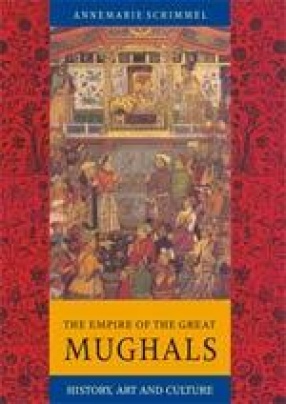

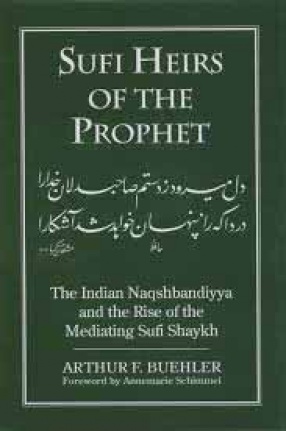
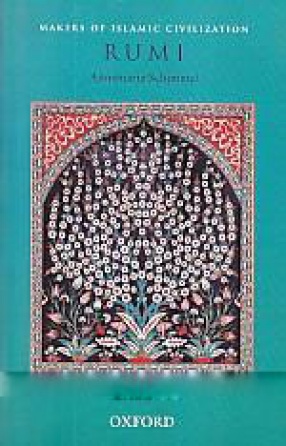
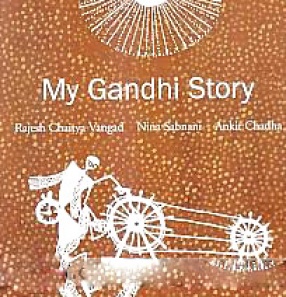
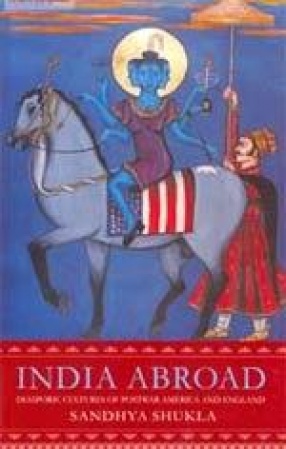
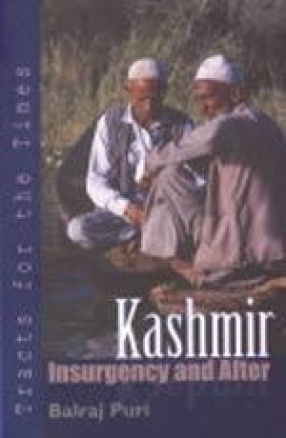
There are no reviews yet.